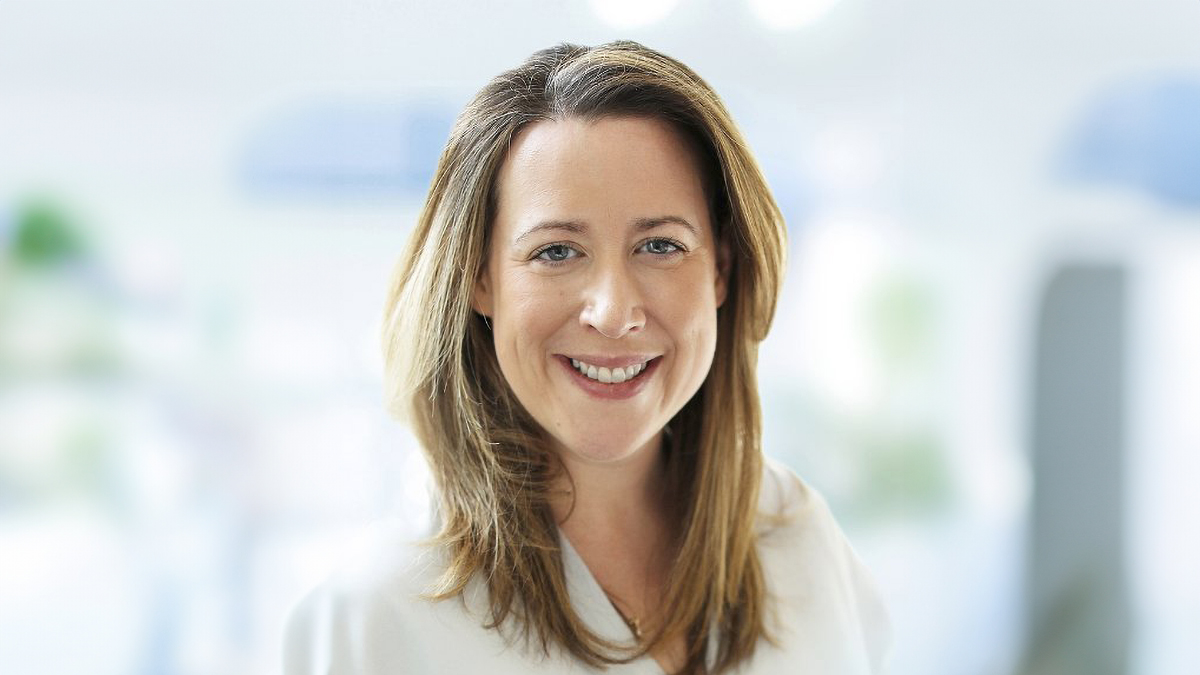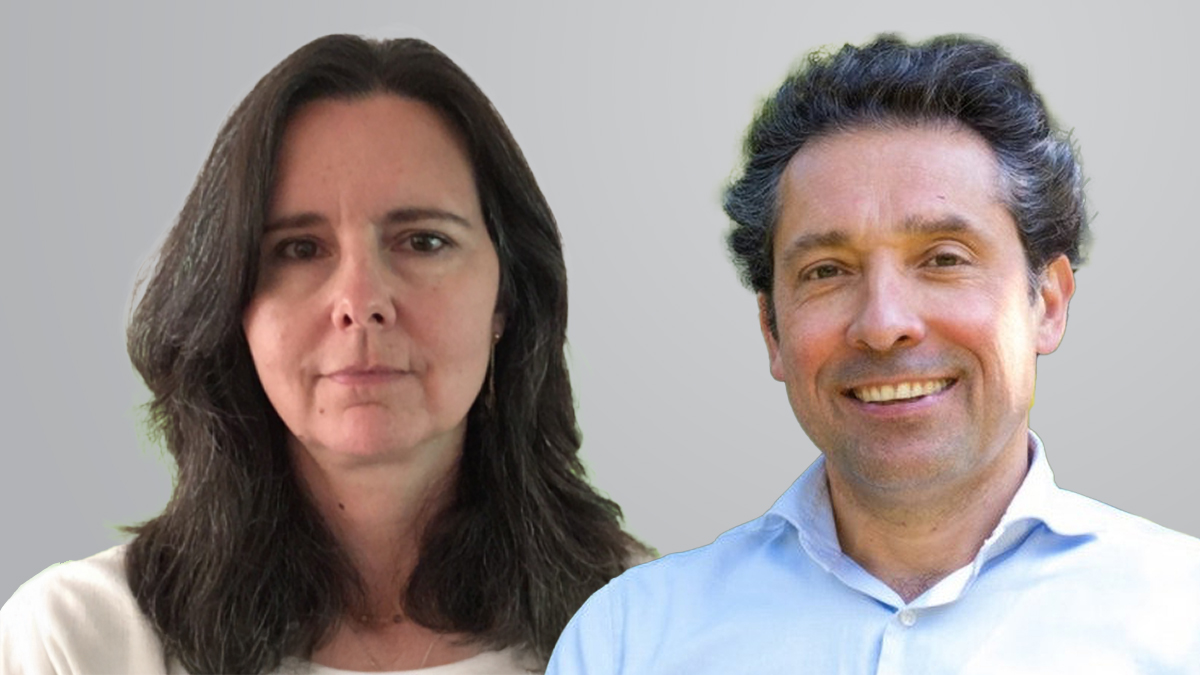Contingent risk capital will drive climate finance: Howden’s Douglas
Broker’s climate lead describes insurance as a contingent asset that can be matched with selected contingent liabilities related to climate risks
‘Insurability will be seen as the sharp end of the spear in terms of financial viability and long-term value,’ Howden’s chief executive of climate risk and resilience, Rowan Douglas, says
To accelerate the transition to net zero, insurers and reinsurers should spread the word about the role of contingent risk capital throughout the finance community, according to Howden’s chief executive of climate risk and resilience, Rowan Douglas.
Insurance is contingent capital that is available when a defined risk event – such as a flood, a legal dispute or a technology failure – occurs. Therefore, insurance can be viewed as a contingent asset that can be matched with selected contingent liabilities related to climate risks and the industrial transition to a low-carbon economy.
In an interview with Insurance Day, Douglas stresses climate finance requires a new architecture, with credit and investment on one side being enabled by insurance and supportive regulation on the other.
These four groups must then work together to evaluate and account for the contingent liabilities of climate hazards or clean energy technologies (from their development to operation) and fully recognise insurance as contingent finance to derisk these liabilities and enable investment and credit to flow at optimum levels.
Douglas also highlights how the insurance sector has developed key risk metrics and methodologies that could be used more widely to support the management of climate risks between insurers, lenders and investors.
“At the moment some climate risks are evaluated but not accounted for, while others are neither evaluated nor accounted for and many are only vaguely measured,” Douglas says. “There needs to be a much more coherent understanding of what the risks are and how they have financial materiality upon which insurance protection can then be focused.”
Marriage with engineers
Howden was a sponsor of International Energy Week, hosted in February by the Energy Institute. Douglas spoke to delegates at the conference about how to manage the uncertainties of derisking the energy transition.
To illustrate his message – that engineers and insurers should work together on solutions to climate change – Douglas referred to the origins of the Hartford Steam Boiler Inspection and Insurance Company (HSB) as an example from an earlier industrial transition. Founded in 1866, HSB was the brainchild of the Polytechnic Club of Hartford, which had formed to find a solution to catastrophic boiler explosions, which were common events at the time.
“They studied the causes and financial materiality of the risk of boilers and how improvement in design, construction and operation could reduce risks to make boilers insurable, investible and ultimately profitable to underpin the industrial revolution,” Douglas says, “and we now need the same marriage between insurers and engineers to derisk the energy transition, to help get the money where it needs to go.”
Today, HSB is the largest provider of equipment breakdown insurance and related inspection services in North America and is owned by Munich Re.
Even more important than quantifying climate risk is knowing how to express it. “We’re the only sector that has translated many types of risk, including natural catastrophes, into metrics and methodologies that can be consolidated into contingent liabilities that can inform capital requirements, which is an incredible achievement,” Douglas says.
Insurers should thus work with supervisory authorities to consider how to evaluate the contingent liabilities of climate and how these can be matched against the contingent assets provided through insurance.
“If a bank hedges its mortgage portfolio against wildfire risk by taking out parametric insurance then that contingent capital should be recognised appropriately as a matching contingent asset by regulators and credit rating agencies,” he adds.
“We’re the only sector that has translated many types of risk, including natural catastrophes, into metrics and methodologies that can be consolidated into contingent liabilities that can inform capital requirements, which is an incredible achievement”
Rowan Douglas
Howden
Before joining Howden nearly two years ago, Douglas held senior climate roles at WTW, founded the Insurance Development Forum and served on the UK prime minister’s Council for Science & Technology.
“As a reinsurance broker, I became accustomed to the way insurance regulators and supervisors recognised reinsurance as a source of regulatory capital when stress testing the solvency of insurance companies against potential loss events. This enables companies to hold less capital in their own reserves and allows the insurance sector to operate much more efficiently,” he says.
“When I began working beyond the insurance sector, I naively assumed this was how all of finance worked, so if a bank took out insurance from climate risk, it would receive the appropriate relief. It does for some risks and in some circumstances but not all and not necessarily for natural catastrophe risk or low-carbon investment. This is a fundamental piece of our financial architecture we need to fix if insurance is to play its full part in the transition.”
This situation must be corrected by linking consistent risk metrics with regulation across all areas of finance. “We all need to be speaking the same language so insurance and wider capital is appropriately fungible,” Douglas says.
He continues: “It would be highly appropriate now for banks and other financial institutions to quantify these risks using the same metrics as reinsurers, with catastrophe models adapted to demonstrate the materiality banks and investors have, which is around liquidity risk and valuation risk, rather than just physical damage risk.”
By sharing the same “spine” of analytics but catering to their individual needs, every type of finance entity will be able to recognise the “remarkable resource” available from re/insurers and thus be able to “properly value” the contingent capital it represents. “I’ve been working on this convergence for 12 years now and finally it’s starting to happen,” Douglas says, “because there’s a burning need for the financial sector to quantify, manage and supervise natural disaster risk.”
Upstream of investment
The Energy Institute has therefore shown good instincts in collaborating with Howden, Douglas says, because insurers ought to be at the start and no longer at the end of planning an energy engineering project. “Howden’s slogan this year is ‘insurance is upstream of investment’ because, if you can derisk properly, investment should flow,” he adds.
He continues: “The theme of ‘insurability’ can seem nebulous, but we think it will be seen as the sharp end of the spear in terms of financial viability and long-term value.” Signs of this progress will be twofold. “First, project developers will start their meetings about financing with the question ‘Is it insurable?’ and second, ‘average annual loss’ will have become lingua franca across the finance community.”
To reach that destination, however, the myth catastrophe modelling only looks to the past must be debunked, Douglas stresses. “The way insurers model risk is an incredibly powerful gearbox you can put in forward gear to the future, backward to the past or in neutral for the current risk. The gearbox hasn’t been significantly forward-looking so far because there hasn’t been the commercial or regulatory requirement for that. The point is a forward gear can be added by incorporating inputs from climate models to help our clients understand their exposure to physical climate risk.”
Another myth is catastrophe risk models only deal with extreme events. “The fact is, you have to model all the potential years, including those when nothing happens, so that you can calculate the risks that can be expected from a one-in-100-year event,” Douglas says. To debunk that myth, he adds, insurers themselves must change some of the language they have been using since their use of catastrophe models took off in the early 1990s.
 Wavebreakmedia Ltd IFE-240608_2/Alamy Stock Photo
Wavebreakmedia Ltd IFE-240608_2/Alamy Stock Photo
Nevertheless, historical data remains key to understanding what re/insurers call a “vulnerability function”, he stresses, “and the current one-in-200-year maximum probability event is still going to be well beyond average for most places over the next 25 years.”
Douglas points to a 2023 report from the University of Cambridge Institute for Sustainability Leadership (CISL), which outlines a loss and damage action plan to scale up protection for the global south through to 2050. Howden assisted with the report as a member of CISL’s ClimateWise initiative.
Catastrophe modelling indicates, for example, tropical cyclones are likely to change in distribution and form over the next 25 years. “You can agree or disagree with the finer details of these types of assessments,” Douglas says, “but climate-conditioned catastrophe risk modelling gives enough information to come up with some pretty good calculations to simulate what the changes could be over a relatively short timescale and I struggle to find better approaches out there to quantify these risks.”
During his time with the UK’s Council for Science & Technology between 2011 and 2016, Douglas came to appreciate catastrophe modelling as an “enormous intellectual and economic achievement” compared to other approaches. Only now, however, does he feel it is “beginning to be discovered outside our industry”. Being equipped to quantify risk will not only lead to greater demand for risk sharing and insurance, he adds, but will drive the economics of resilience to climate risk, helping to close the protection gap.
“Once the wider world can evaluate and disclose these risks using the methods and metrics our industry uses, it will be transformational for the value of insurance,” Douglas says. “Just as the advent of catastrophe modelling transformed the role of reinsurance for insurance companies, I see the same thing happening again, but across a far wider and indeed deeper ocean.”
Breakthrough products
Douglas was among speakers at the Federation of European Risk Management Associations’ forum in Madrid last year, where delegates said they faced a difficult choice between maintaining competitiveness and meeting climate goals. Howden has been flagging the importance of insurance across the buying community, Douglas says, because it is mindful of the need and opportunity for insurers to develop new products.
“The work we’ve just started with the Energy Institute enables us to integrate with the engineering sector, which will accelerate our work on new insurance products,” he says, pointing to two “breakthroughs” for the broker last year. One is the carbon capture and storage leakage policy, designed by Howden and led by Scor’s syndicate at Lloyd’s. The other is the warranty and indemnity insurance policy placed by Howden and sold by Mere Plantations, a UK-based company that owns and operates a teak plantation in Ghana.
Both products are adaptations of existing forms of insurance, Douglas stresses, and so illustrate how insurers can and must select from their “beautiful mosaic” of innovations from the past 50 years. However, what is needed now is to break any “conditioned” thinking a certain product can only apply to a specific type of risk. “If one steps back to see what needs to be protected against what and then translates that into climate risk, it can lead to an ‘Aha!’ moment, when you realise you can repurpose existing lines of business,” Douglas says.
The advantage of this approach is risk codes and underwriting capital are already in place. “Climate change isn’t usually delivering new risks per se,” he stresses, “but it is a new flavour in the portfolio.” Climate risk protection should be integrated and “sprinkled” over all relevant lines of re/insurance, he continues, which is why Howden’s climate team engages directly with other parts of its business, such as the directors’ and officers’ insurance.
“There have been lead underwriters who’ve told us their climate business could be all of their business because climate risk touches almost everything,” Douglas says. “The culture at Howden allows the climate team to operate right across the group and it’s proving to be one of our collective superpowers.”
Conversely, good climate policy and legislation looks through the risk lens. “When there are special buckets for climate, it often seems confected and invites a backlash. Instead, we need to retrain the invisible hand of regulation so climate is presented and understood as a function of risk and return,” Douglas says. It was exactly this approach that transformed the re/insurance industry of the early 1990s “from ruin to resilience”, he adds.
Re/insurers have an opportunity to accelerate progress with climate finance at COP30 in Brazil, Douglas says.
Howden worked with the High-Level Climate Champions, the Atlantic Council and the Boston Consulting Group, among others, to ensure insurance is no longer sidelined at UN climate talks but is seen as a core component of climate action. Ahead of COP29 in Azerbaijan, they launched a report on how insurance could power $10trn of climate solutions.
“Insurance played the overture to the finance symphony in Baku,” Douglas says, “and I have a feeling it will play a leading role in Belém, where there is set to be a much bigger and louder choir from our industry than ever before.”



